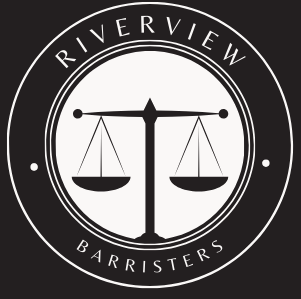What Causes a Personal Injury?
Personal injuries lawsuits are legal proceedings initiated by those injured as a means to seek recompense for physical, financial and emotional losses sustained due to another party’s intentional or careless acts; damages awarded from liability insurers will go directly back to victims. Common types of personal injuries lawsuits include car accidents, slip and fall accidents, animal bites, defective products or medical negligence as possible causes.
Dependent upon the severity and permanence of an injury, victims may be eligible to various types of compensation. Hard damages cover out-of-pocket expenses like medical bills, lost wages and purchases related to an injury (like crutches). Meanwhile, intangible damages like pain and suffering compensation provide financial compensation for emotional distress caused by an accident or incident. Other awards might include loss of consortium compensation that compensates family members financially impacted by death of loved one as well as punitive damages that punish parties responsible for acts of extreme negligence or recklessness.
What Damages Can Be Recovered in a Personal Injury Case?
Damages awarded in personal injury claims usually comprise both economic and noneconomic losses. Economic damages cover actual costs incurred as the result of an accident, such as medical treatment reimbursement and lost-income compensation; noneconomic damages cover other forms of losses such as care or treatment expenses should the injury become permanent.
Non-financial losses such as pain and suffering or the reduction of enjoyment are difficult to assess in dollar terms; sometimes experts must be brought in to help calculate these losses accurately as their value can differ widely depending on who suffers them.
Personal injury cases frequently award damages such as loss of consortium and property damage awards to victims for injuries to their relationships, including impactful changes such as relationship changes due to injuries sustained and for activities they no longer take part in due to those injuries.
How Can a Personal Injury Case Be Filed?
Once an accident victim believes they have a viable personal injury case to pursue, their first step should be filing a claim with the at-fault party’s insurer – it may be wiser if this process involves working with a Long Island personal injury lawyer to file this paperwork on your behalf.
As part of the filing process, plaintiffs must prepare a complaint which identifies all parties involved, lists what the defendant did wrong and alleges their actions caused an accident with injuries; additionally it outlines any compensation the plaintiff is claiming from them as well as how much damages are sought by him/her.
Personal injury lawsuits usually center on establishing negligence. Plaintiffs must present evidence proving that the defendant owed them a duty of care, breached that duty by failing to exercise reasonable precaution in the situation and caused their accidents and injuries. Depositions and settlement negotiations will usually ensue prior to going to trial for personal injuries claims.
What Kinds of Cases Can Be Filed for a Personal Injury Case?
Personal injury cases come in all shapes and sizes. Automobile accidents often lead to serious injuries such as traumatic brain or spinal cord trauma, while other common forms include bicycle, motorcycle and Uber/Lyft accidents as well as wrongful death claims.
No matter the nature of an accident, victims can recover economic damages such as medical bills, lost income and property damage as well as noneconomic losses like pain and suffering, loss of enjoyment of life etc.
Personal injury cases rely on the legal foundation that party A had an obligation to act reasonably under the circumstances and breached that obligation, thus causing harm to party B. Strict liability suits can also be pursued when defective products cause injuries; for example when the manufacturer fails to design, manufacture or label their product correctly.
